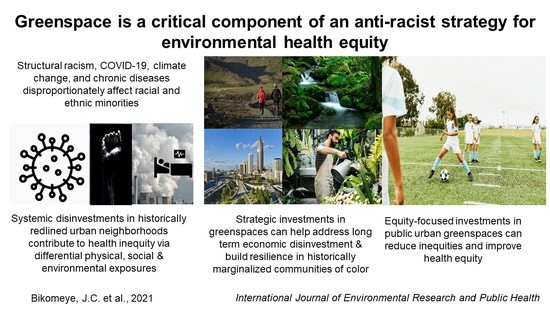When Lee Valley Tools redesigned its website in 2019, Jason Tasse and the rest of the Ottawa company's management team faced the inevitable backlash from customers who had to go to the new online gardening and carpentry tools store.
But any resistance to the revised format was short-lived.
For months, Covid-19 has made backyard birdwatching the No. 1 sport, Tuss said, and Canadians stranded from coast to coast can't get enough of Lee Valley's plethora of machines, saws and other tools. They engaged intensively in hobbies such as woodworking, gardening and handicrafts.
Riding the DIY wave, Lee Valley sees double-digit sales growth in 2020 and 2021. Revenue growth hasn't really slowed since then, says Tasse, the family-owned company's president and CEO.
"During the pandemic, our volume has increased and momentum has continued for us, which is great," he said.
Founded 45 years ago by former civil servant Leonard Lee as a mail order company selling kitchen sets, Lee Valley Tools has grown into a distribution and manufacturing powerhouse with 18 stores in seven states, 1,000 employees and annual sales. Over $100 million in sales.

The online side of the business began before the COVID-19 crisis closed brick-and-mortar stores and pushed shoppers online - hence the company's "digital transformation" in the months since the virus broke.
But Lee Valley has found other ways to sidestep pandemic-related closures, targeting a captive audience for more than 800 traditional products and new offerings like kits that include all the tools and accessories customers can use to make their own spoons. let them work Plate
While 60% of the company's revenue came from physical sales prior to the pandemic, the scale has shifted significantly in favor of e-commerce during the Covid-19 crisis. Lee Valley eventually closed two of its Greater Toronto Area stores, citing "the changing nature of retail space and unsustainable rent increases."
Since then, the pendulum has swung the other way, with online and in-store sales now accounting for almost half of Lee Valley's sales. But while the company's overall sales continued to rise, Mr Tass said he was not happy with its performance.
Lee Valley's local workforce has grown from 450 to over 600 since 2018, and the company has hired nearly 100 production workers in the last two years alone.
To cope with this growth, Lee Valley is investing $5 million in new technology that uses robots to retrieve items from custom-made bins and deliver them to workers at its 150,000-square-foot warehouse and manufacturing facility on Carp Road to deliver.
Norway Autostore's high-tech system will reduce the existing 31,000 square feet of storage space on Lee Valley Carp Road to approximately 8,000 square feet, with large shelving replacing large storage bins.
"The cost of seasonal labor is becoming a real concern for us due to its scarcity. The economy has changed."
The technology, which will be installed next spring, will free up more space to increase production capacity. At the same time, it will ease pressure on the company to hire additional warehouse workers during the Christmas and spring planting seasons, Mr Tass said.
"It's quite difficult to find people now," he says. «The price of seasonal work has become a real problem for us due to their scarcity. The economy has changed."
Meanwhile, Lee Valley is investing an additional $5 million to refurbish its Carp Road and Morrison Drive manufacturing facilities. The company will purchase new machinery to increase production capacity, add a second machine shop and strengthen electrical infrastructure in two buildings .
Though Lee Valley is busier than ever, Tasse believes e-commerce will be the primary driver of new sales over the long term. The company aims to generate 60% of its sales online, up from 50% today and the polar opposite of the pre-pandemic ratio.
"The challenge is to see through the noise of man-made conditions as roadblocks to see where your true potential lies," says Tasse. “We believe these investments strengthen our foundation and strengthen our roots in Ottawa.



